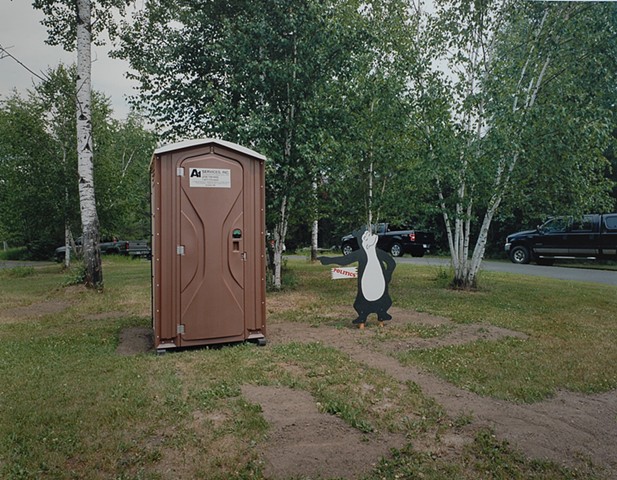Steel Towns
Although there are photographs of other subjects here the foundation of my work is the life and look of industrial America.
Moving to northeast Ohio in 1977 I was struck by its population density and its history, especially its industrial history. The legacy of heavy industry is inescapable. It was a difficult time for the steel industry. Foreign competition and aging production processes were among the challenges faced by
U. S. manufacturers.
A few years later I made my first photographic trip to the Iron Range communities of northeastern Minnesota. Iron mining and steel production were parallel industries then. When one was thriving so was the other. Northeastern Minnesota is not densely populated and is notable for its forests and lakes.
Migrants from southern and eastern Europe populated both regions in the late 19th and early 20th centuries. But there are significant differences. Southern African Americans did not migrate to northeastern Minnesota. The remote locations of the iron mines required a pioneering spirit and cultivated a paternalistic company town atmosphere.
I have spent considerably more time photographing in the communities of the Iron Range. Consequently I have come to know the region and its traditions well. My first successful photographs from the Iron Range were made on a Fourth of July. I have missed only two in 33 years.
The advice often given to authors is to write what you know. Reading Jim Harrison, for example, you cannot separate the stories from the place.
I have taken that to heart as a photographer.
These are places where I can explore the circular nature of photography. A thoughtful engagement with a photograph simultaneously affirms its identity as art and brings us back to the world where it originated.
Process
When I saw the first reconstruction of Constantin Brancusi’s studio at the Centre Pompidou I was surprised to see power tools given what I knew about how greatly he valued the physicality of his sculptures. I read that Brancusi spent months hand polishing some pieces and wept at their purchase.
Did it make a difference that he used a power tool rather than a hand tool? In the end, it did not. For a viewer the sculptures are still magical. But, for a maker the role of tools and processes are different.
My work is the product of slow photography. Slow photography allows the time for me to have a conversation with myself. The majority of images here were made using a view camera. In many cases the images are in accord with the deliberation necessary when using a camera that is bulky, requires a tripod, and time spent under a dark cloth. The photographs of landscapes and closed schools are well suited to being made this way. The subjects don’t move so composition, focus, and other photographic decisions can be considered. Photographs of community life in the Iron Range and the Iowa Caucuses of necessity speed up the conversation.
